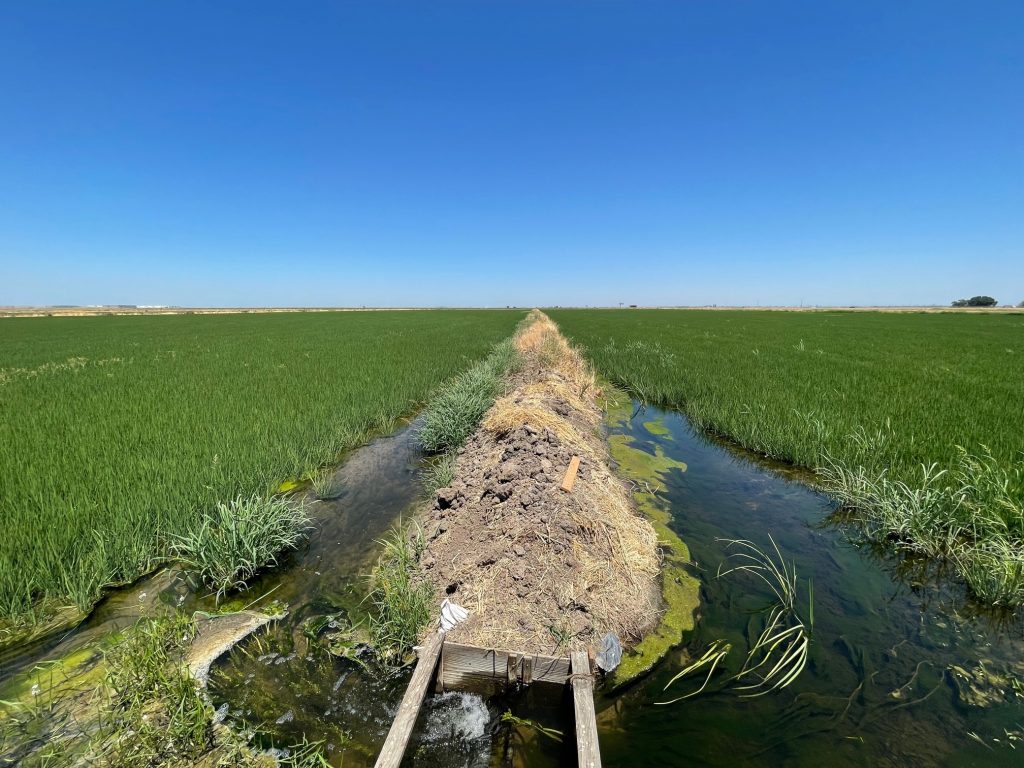BY HEATHER FARGO and SUSAN HERRE
FOR THE NATOMAS BUZZ | @natomasbuzz
In response to the Sacramento Bee article “Washington sending millions to fight Natomas Basin flooding” by David Lightman and Michael McGough:
 Portions of the front page article on April 18 regarding Natomas Basin Flooding were inaccurate and misleading. It’s important to correct the record.
Portions of the front page article on April 18 regarding Natomas Basin Flooding were inaccurate and misleading. It’s important to correct the record.
The need for strengthening the levees along the Sacramento River are well known, not just for Natomas, but all the way to South Sacramento. And we all appreciate the support of the federal government to help keep Sacramento safe from flooding.
It’s important to recognize that much work has been completed in Natomas and the previous moratorium on construction has been lifted. Natomas now has a similar level of flood protection to the rest of the city. Thousands of housing units have been built, and thousands are currently under construction. But they are all in areas previously planned for housing within the city limits of Sacramento.
Housing developments in the adjacent farmland, outside of the city, are prohibited currently by Sacramento County’s Urban Services Boundary, approved in 1993. And that’s a good thing. It allows agricultural uses to continue, endangered species to survive in protected habitat areas, and contributes to the region’s economy and quality of life, and the build out of Natomas.
The article erroneously states that “The levee improvements are expected to help trigger important economic benefits, allowing more construction to occur.” This is not true. It goes on to say that “The Sacramento River flood threat has choked off development on new homes on the acres west of Interstate 80 and El Centro Road, and south of San Juan Road.” This is also not true.
The project area referred to includes proposed, but not approved, projects. The county zoned the area as agricultural and has numerous policies in place to protect agricultural land. These projects would eliminate the remaining farmland and habitat of the Natomas basin, in Sacramento County, and weaken the Natomas Basin Habitat Plan. This plan which requires one half acre for acre that is developed with the city limits was a state and federal requirement to allow North Natomas to be developed in the first place. The future of North Natomas along with the protected species will be endangered if new projects of thousands of acres are ever approved.
The abandoned Joint Vision for Natomas, approved by both the city and county of Sacramento, called for development to occur only in the city limits, and agriculture and habitat to be done in the unincorporated areas of the county. It still makes sense.
While it’s a developer’s dream to buy prime farmland for cheap, and have it approved for development, the “highest and best use” in unincorporated North Natomas is farming and habitat.
Heather Fargo is the former Mayor of Sacramento and an at-large member of the Environmental Council of Sacramento board of directors. Susan Herre is president of the Environmental Council of Sacramento board of directors. Learn more at https://www.ecosacramento.net/.



[…] Click here to view the article. […]